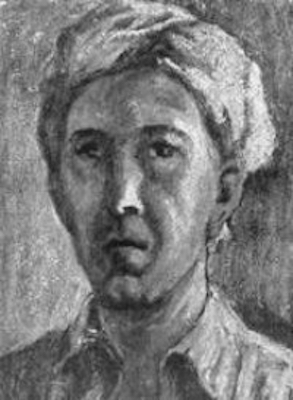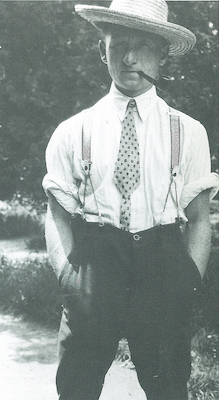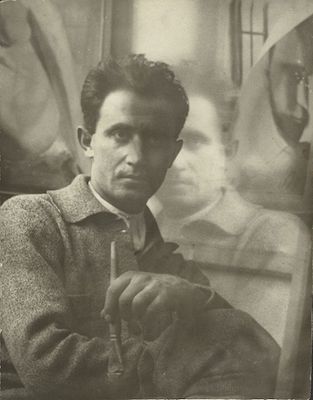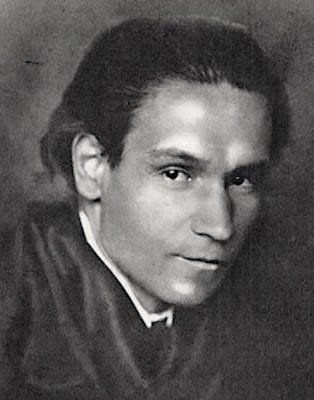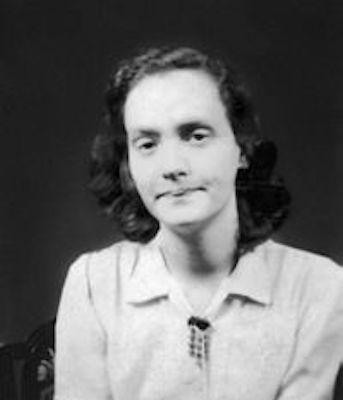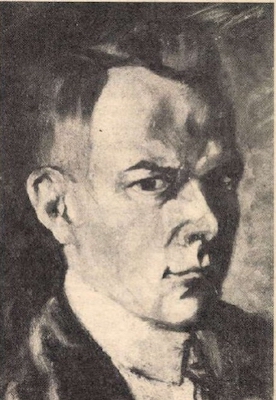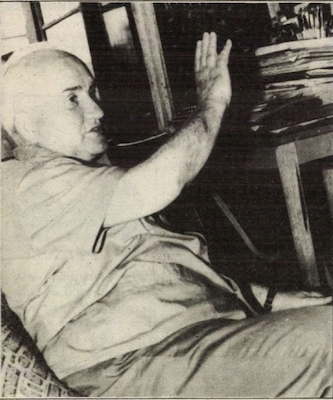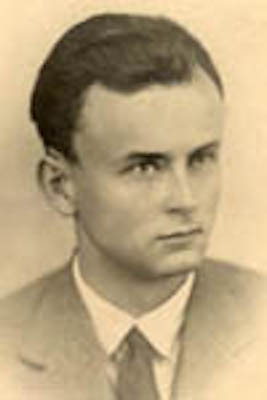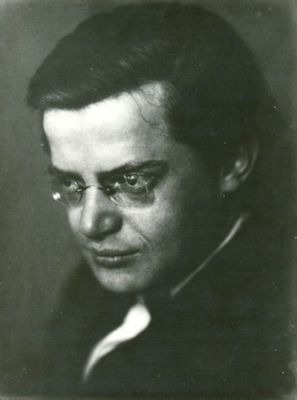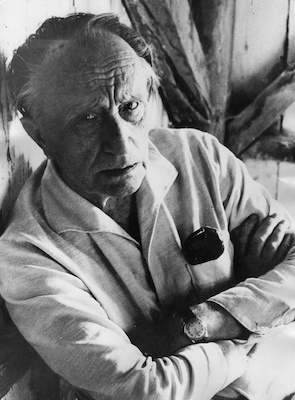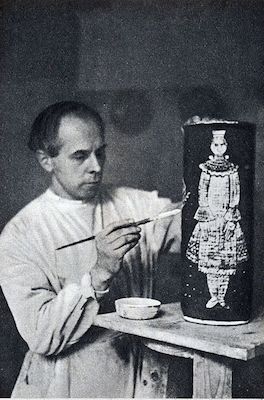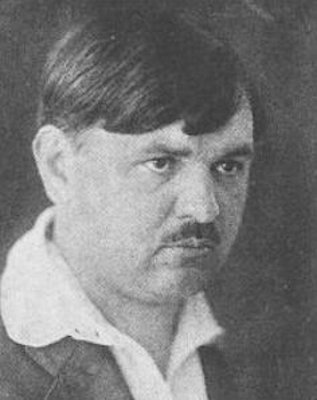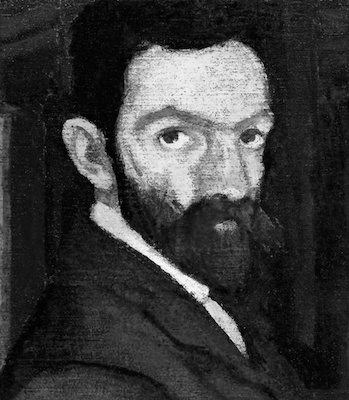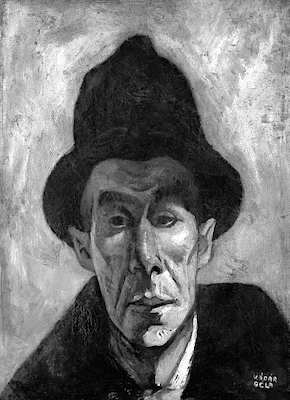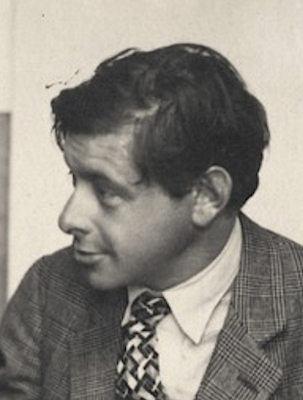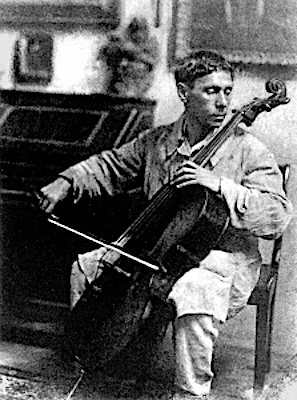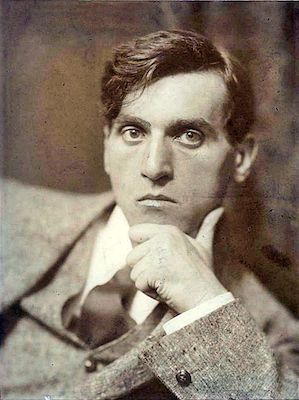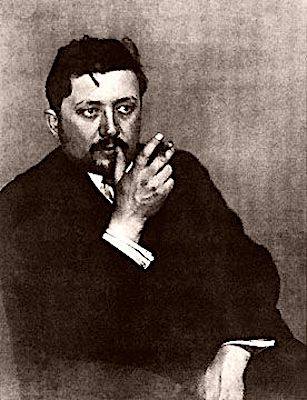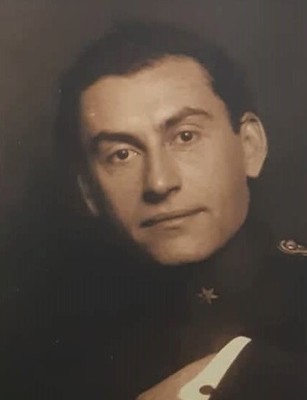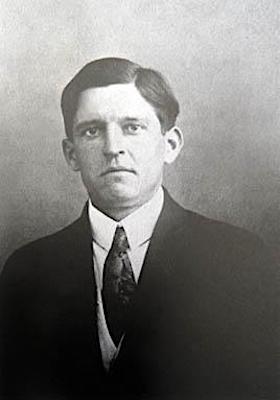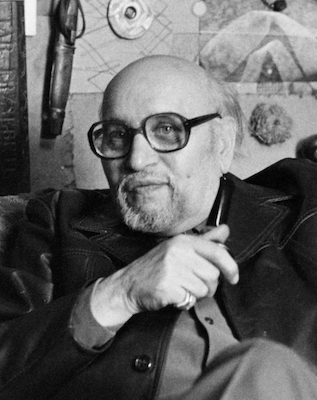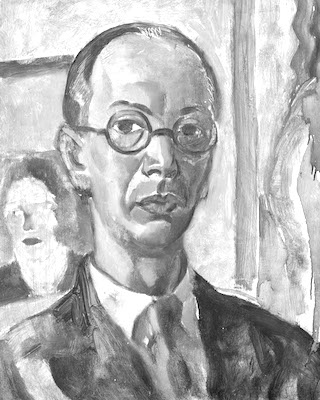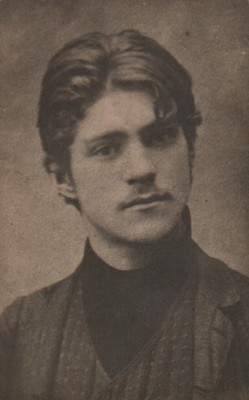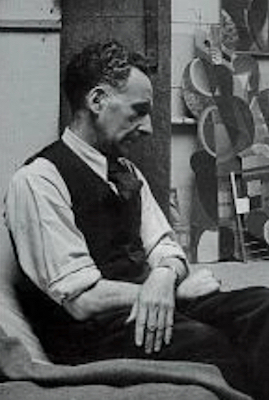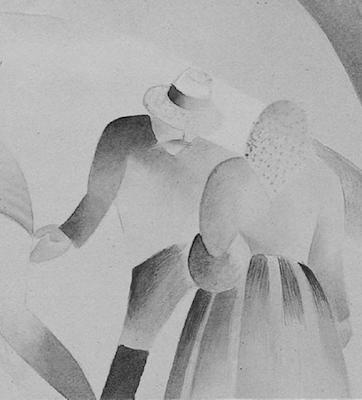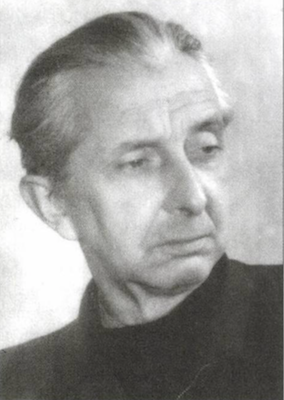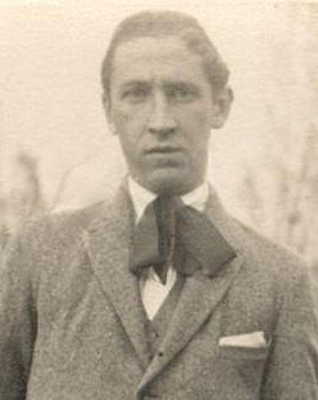Avant-garde
(1905 - 1926)
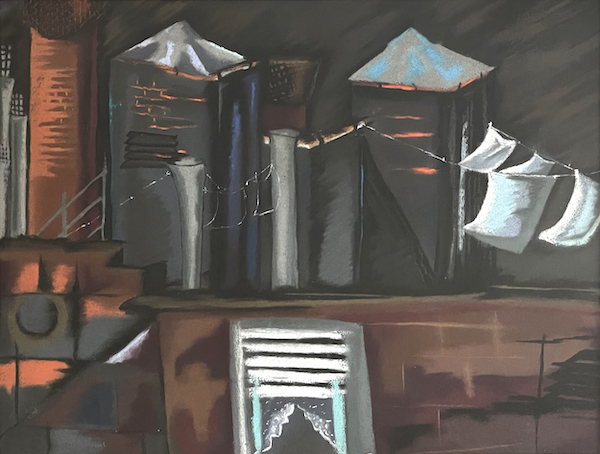
About
Hungarian Avant-garde 1. / Historical Avant-garde and the Hungarian Activism
For a long time, Hungarian art historians linked the beginnings of the avant-garde to the New Paintings exhibition held by The Eight (Róbert Berény, Dezső Czigány, Béla Czóbel, Károly Kernstok, Ödön Márffy, Dezső Orbán, Bertalan Pór, Lajos Tihanyi) at the turn of 1909-1910. It was the first Hungarian modern artist group which had its own art conception. However, in the last two decades, the theory that places the genesis of the Hungarian avant-garde a few years earlier has become more and more accepted. This theory says that – even without a common program or group exhibition – the young Hungarian artists who divided their student years between Paris and the Hungarian Artists’ Colonies (at Nagybánya, Nyergesújfalu or Kecskemét), became important catalysts for the spread of progressive tendencies in Hungary from the mid-1900s. Earlier hardly anyone has ever taken note of the presence of the Fauve style in Hungarian art and it has almost never been discussed in the context of Hungarian art history.
Although, the average age of the French and the Hungarian Fauves, respectively, hardly differed. They were roughly of the same age and, therefore, it was roughly during the same period that they attended the art academies or conducted their studies. At the first demonstrative exhibition of the French Fauves, at the Autumn Salon of 1905 in Paris, several Hungarian artists were featured among the group from the later so-called ’Neos’ and The Eight. In the summer of the following year, Béla Czóbel presented his latest works, ’exemplifying the new style’, in Nagybánya which triggered a veritable artistic revolution in the second generation who turned his back on plein-air Naturalism and the founding elders of the colony and assimilated the colorful, raw painting style of Fauvism, with which they also opened the way to avant-garde tendencies. The contemporary press called them by the derogatory nickname ’neos’. Around this time, there were two other important meeting places for Hungarian artists who dedicated themselves to modern trends: the Danube-side villa and garden of Károly Kernstok in Nyergesújfalu, and Kecskemét where a new artist colony was organized by a founding member of Nagybánya who defected to the ’Neos’ later, Béla Iványi Grünwald. The Kernstok-villa actually housed a workshop for artists engaged in finding solutions to artistic problems. However the place still did not function as an organized artists colony. It was only later, during the Hungarian Soviet Republic of 1919, that a short-lived free school was started at Nyergesújfalu.
In a short time, the artistic life in Budapest also began to flourish, in which French-related exhibitions gained more and more weight. The Hungarian audience finally could see modern works by, among others, Gauguin, Cézanne, Matisse and Marquet.
The Hungarian painters created an individual, specially interpreted Fauvism, where the neo-impressionist, expressionist, symbolist (and then cubist) stylistic features were inseparably fused with the results filtered from the works of the French Fauves. In addition to the landscape, the popular genres are still the portrait, the nude and the still life, in which the Hungarians remain within the characteristic range of a more traditional approach. They rarely use extreme color contrasts; in general, they do not reduce the composition to such a contrast as between green and red, and their brush strokes do not become unbound from the object they depict, nor do they become autonomous. The black or blue contours encircling the motifs played a much more important role in their compositions. The particular pink appeared in several Hungarian paintings almost simultaneously. Hungarian painters rarely painted townscapes; their landscapes usually featured Nagybánya or other countryside. A new genre also emerged, the arcadian-like nude group composition often with symbolical meaning, which has become a characteristic image type of the Hungarian avant-garde, from the ‘Neos’ to The Eight and to the activists.
The Eight opened a new chapter in the history of modern Hungarian art. Its transformation into a group was made current not only by the more liberated atmosphere, but also by the necessity of a more intellectual (and normative) response to the challenges of the era. The watchword of its program is "research art", which did not refer to the analytical attitude of the cubists, but to overcoming impressionism, which was evaluated as a symptom of loss of value and subjectivization. As one of the group's main supporters, the philosopher György Lukács, writes in his study The Partings of the Ways: ‘A declaration of war against all impressionism, all sensation and mood, all disorder…’. It is an element of a new worldview that is taking shape, in which the desire for radical social reforms is formulated. The avant-garde spreading its wings towards the end of the 1900s was no longer alone. Its intellectual base was, on the one hand, the intellectual organizations consisting of young and independent thinkers (The Galileo Circle, School of Moral Sciences, Sunday Circle), and on the other, the longer and shorter-lived periodicals (Auróra, Holnap, Századik Század, Nyugat, Szellem, Világ). And should be mentioned the publicists who patronized modern art (Pál Relle, Jenő Miklós), especially Endre Ady and György Bölöni, whose facial features were fondly immortalized by modern Hungarian visual artists, from József Rónai Rippl to several members of The Eight (Róbert Berény, Dezső Czigány, Lajos Tihanyi) to the sculptor Dezső Bokros Birman. The Eight movement did not show a unified image in terms of style, their painting was characterized by Fauvism, Cézanne's style of editing, cubo-expressionism or classicism. Their activity was of immense significance, as their influence went far beyond the visual arts. The exhibitions were accompanied by a series of symposia, and by events featuring new Hungarian literature and contemporary music. But the group had only three joint exhibitions, the last one took place at the end of 1912.
Until the outbreak of the First World War, the dominance of French impulses in the first wave of the Hungarian avant-garde was undeniable, even though they were no longer exclusive in The Eight's stylistic adjustments around 1910. But thanks to the cultural isolation resulting from the war, the French played a subordinate role in the orientation of the Hungarian activists compared to the Germans, Italians, and then the Russians. Hungarian activism was born in 1915 as a political and literary movement. From the beginning, his goal was primarily not to create an artistic style, but to communicate a definite political message, first in literature, and then from 1916-1917 in the field of fine arts. Its representatives professed the principles of the political and artistic avant-garde, that is, in their program they announced the coming of a new world in a new voice. The first forum of the movement was the fortnightly magazine A Tett (‘The Action’), whose editor and publisher was Lajos Kassák. The journal was anti-war and anti-imperialist, and opposed both the conservatism of the semi-feudal system and social democracy. Instead of these, it adopted the principle of immediate action, individual rebellion and personal social formation (with an anarchist tinge). Hungarian activists believed that individual action has social power, and that art can support mass movements and has a role in shaping society. Due to its internationalist issue, the magazine was banned in the fall of 1916, but Kassák almost immediately published another magazine MA (‘Today’), which became a veritable workshop for avant-garde endeavors. Within its framework: books were published, exhibitions and lecture evenings were held, theater and free school were organized.
MA showed a much more determined fine art profile, which was at the same time no less complex and eclectic than its ideological base, in which the left-wing orientation became stronger. The Fauve, Expressionist and Cubist antecedents play a role in its visual language, as some of their members and predecessors (e.g. Valéria Dénes, Sándor Galimberti) previously visited Nagybánya and, from 1912, the occasional meeting place of the avant-garde, the artists' colony in Kecskemét. The direct influence of the Fauves’ colors and the German workshops of expressionism (Der Sturm, Ber Blau Reiter) can be seen most in the paintings of József Nemes Lampérth and János Mattis Teutsch. Certain iconographic topos of Italian Futurism (machine and human representation, movement, use of symbols) appeared in the early works of Sándor Bortnyik, György Ruttkay, and János Schadl. Cubism was not "purely" influenced, but indirectly, with strong expressionist accents (cubofuturism, cuboexpressionism). The analytical cubism was typically represented by the works of Hungarian artists who lived and studied longer in Paris (Alfréd Réth, Imre Szobotka, József Csáky), while the examples of cubist influences stlye, the Orphism can be János Kmetty’s and Vilmos Csaba Perlrott’s paintings from the 1910s and 1920s.
The leading draughtsmanship of Hungarian activism was graphics (and its characteristic material was paper), for which the explanation is not merely the "magazine medium" (quick response, cheapness, possibilities inherent in reproduction), but the need to develop a penetrating, new visual language. In the first era of activism, alongside the traditional bourgeois genres (landscapes, portraits, nudes), poster art and monumental new painting emerged as new and important genres. The latter type of works were commissioned during the Hungarian Soviet Republic of 1919 (e.g. for the May Day parade), the most effective pieces of which were created by the former members of The Eight (Berény, Pór) and the young artists of the MA circle (Uitz, Nemes Lampérth, Kmetty). The activists welcomed the proletarian dictatorship and prepared to develop its lyrical and visual language. At first, they received special support, but at the same time, Kassák repeatedly emphasized the MA's independence from party politics, which led to the dispute with Béla Kun and the break with the communist leadership. In July 1920, citing a lack of paper, the publication of the paper was ordered to be suspended. Finally, after the fall of the Soviet Republic, Kassák and his entourage were forced to emigrate, which opened a new chapter in the history of Hungarian avant-garde and activism.
When Kassák and his circle emigrated after the overthrow of the Soviet Republic, a large number of left-wing artists found refuge in Pécs. Under the leadership of Péter Dobrovits, the activist tradition continued here in the twenties with the cubo-expressionist style. Later several of these artists became members of the Bauhaus (e.g. Breuer Marcell, Alfréd Forbát, Molnár Farkas, Stefán Henrik, Andor Weininger).
During the six-year emigration to Vienna, the spirit of the MA was completely transformed: it gave up open political agitation, and the center of its program was the building of intensive relations with the international avant-garde movement. It also gave up the previous formal language synthesizing the expressionist, cubist and futurist trends, instead preferring the latest ones, Dadaism and Constructivism (e.g. Sándor Bortnyik, László Moholy-Nagy, László Péri). Kassák developed his theory of pictorial architecture (an "active art reduced to the most condensed and simplest form"), and then he also started experimenting in visual arts. In the 1920s, similar to the Bauhaus program in Weimar, the focus gradually shifted to the search for the unity of art and new life, the aim of which was to improve human living conditions. However, the attractiveness of Vienna among Hungarians emigrants decreased continuously during the decade, for many it was only a stop halfway to Berlin, Paris or Moscow. The conflicts intensified too, so the members left the MA circle one after the other (e.g. Sándor Barta, Ernő Kállai, Béla Uitz, Erzsi Újvári). In parallel, the political situation in Hungary began to ease. Kassák could only work where new comrades could join the movement and a Hungarian-speaking readership could develop.
Artworks in this theme
related artists
Bertalan Pór
(1880 - 1964)
János Schadl
(1892 - 1944)
Gitta Gyenes
(1880 - 1960)
Jenő Gábor
(1893 - 1968)
Mária Lehel
(1889 - 1973)
István Szigethy
(1891 - 1966)
Imre Ladányi
(1902 - 1986)
Jenő Krón
(1882 - 1974)
Henrik Stefan
(1896 - 1971)
Farkas Molnár
(1897 - 1945)
Hugó Johan
(1890 - 1951)
Lajos Vajda
(1908 - 1941)
Ernest Klausz
(1894 - 1970)
Tamás Lossonczy
(1901 - 2009)
Róbert Berény
(1887 - 1953)
Sándor Bortnyik
(1893 - 1976)
Ernő Schubert
(1903-1960)
György Almár Frankel
(1895 - 1974)
Jolán Gross-Bettelheim
(1900 - 1972)
Viktor Erdei
(1879 - 1945)
Margit Galambos
()
József Gróf
(1892 - 1944)
Ervin Bossányi
(1891 - 1975)
Erzsébet Csöre
(1896 - ?)
Sándor Altorjai
(1933 - 1979)
Árpád Illés
(1908 - 1980)
Magda Zemplényi
(1899 - 1965)
Sándor A. Tóth
(1904 – 1980)
Hugó Scheiber
(1873 - 1950)
László Moholy-Nagy
(1895 - 1946)
Tihamér Csemiczky
(1904 - 1960)
Franciska Pál
(1882 - 1949)
Mihály Biró
(1886-1948)
László Kemény
(1901 - 1978)
Géza Pap
(1883 - after 1952)
György János Simon
(1894 - 1968)
Margit Fiora
(1898 - 1984)
László Cseney Vuchetich
(1905 – 1983)
József Klein
((1896 - 1945))
Sándor Trauner
(1906 - 1993)
Gyula Pap
(1899 - 1983)
Béla Uitz
(1887 - 1972)
Ilka Gedő
(1921 - 1985)
Győző Viktor Ráfael
(1900 - 1981)
Dezső Végh
(1897 - 1972)
Emil Igmándy Schranz
(1906 - 1987)
Iván Hevesy
(1893 - 1966)
Aurél Bernáth
(1895 - 1982)
György Szántó
(1893–1961)
Sándor Józsa
(1910-1989)
István Gádor
(1891-1984)
Vilmos Perlrott Csaba
(1880 - 1955)
Tibor Boromisza
(1880 - 1960)
Sándor Ziffer
(1880 - 1962)
Béla Kádár
(1877 - 1956)
Gyula Derkovits
(1894 - 1934)
Lajos Kassák
(1887 - 1967)
Lajos Tihanyi
(1885 - 1938)
Dezső Czigány
(1883 - 1937)
Ödön Márffy
(1878 - 1959)
János Kmetty
(1889 - 1975)
Károly Kernstok
(1873 - 1940)
Dezső Orbán
(1884 - 1986)
József Nemes Lampérth
(1891 - 1924)
Tihamér Gyarmathy
(1915 - 2005)
Armand Schönberger
(1885 - 1974)
Emil Szittya
(1886-1964)
Alfréd Réth
(1884 - 1966)
Ferenc Reichental
(1895 - 1971)
György Ruttkay
(1898-1974)
Károly Latabár
(1898-1976)
Endre Faragó
(1901 - 1943?)

.jpg?locale=en)
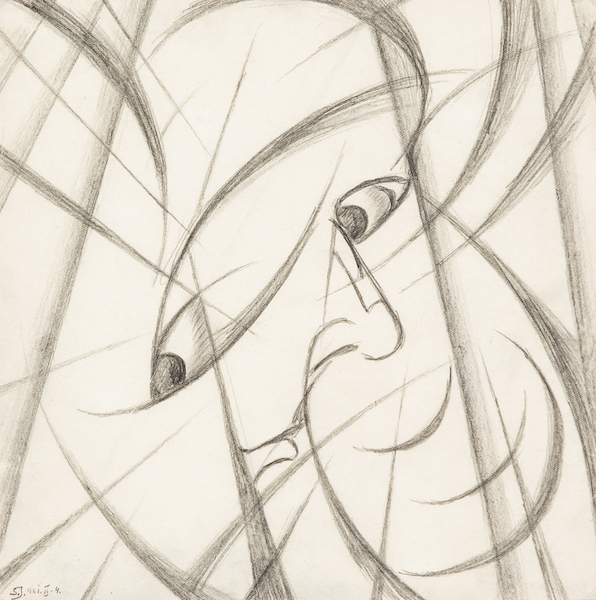
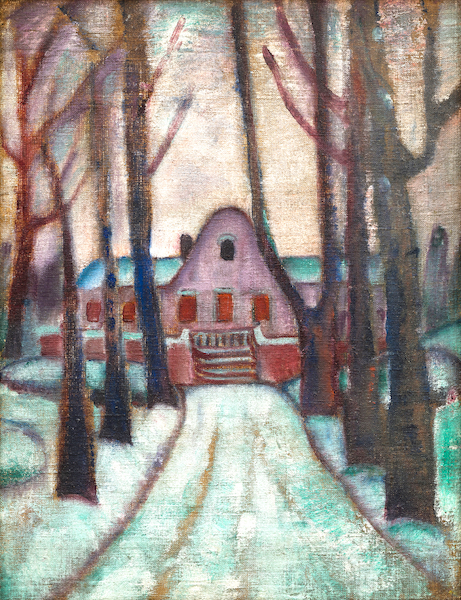
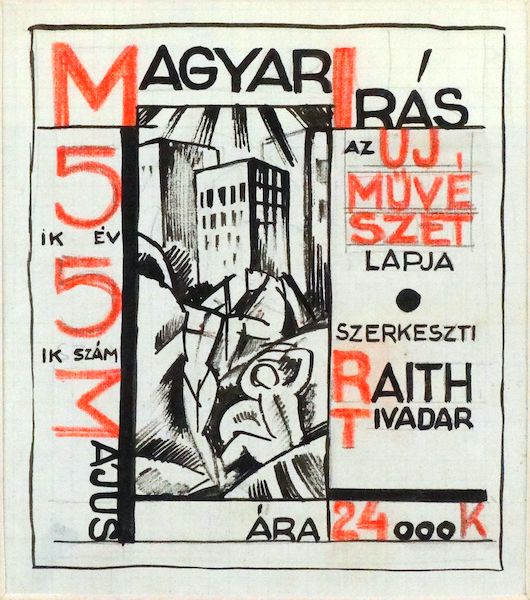
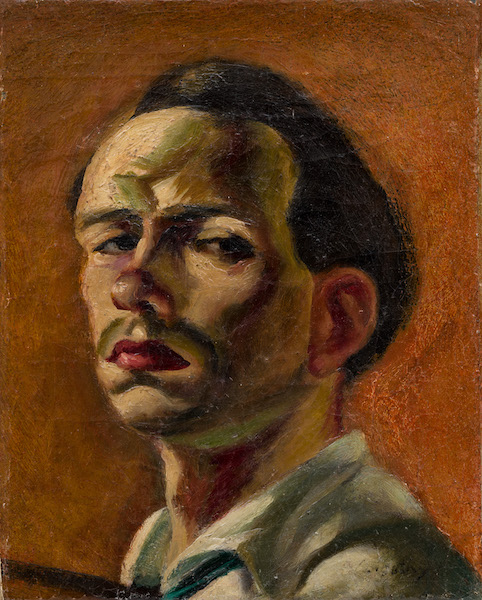


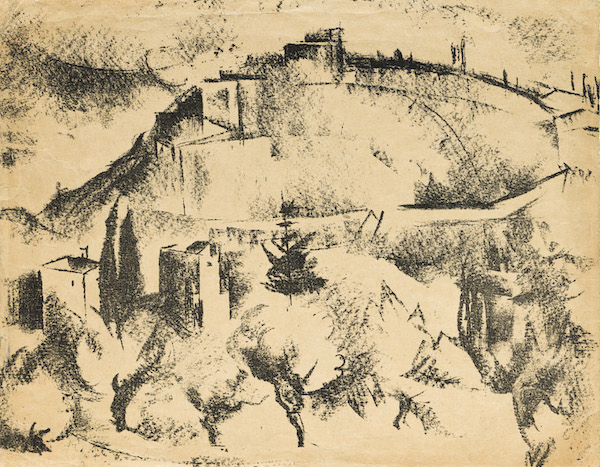
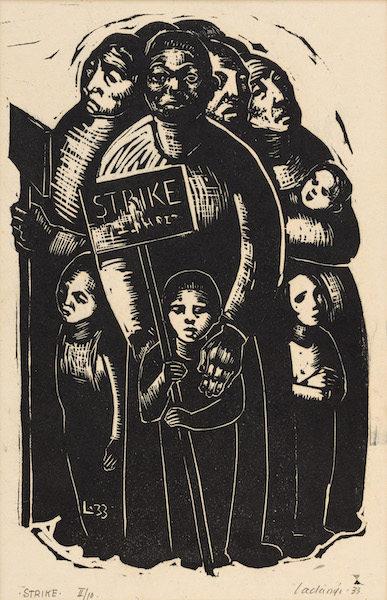

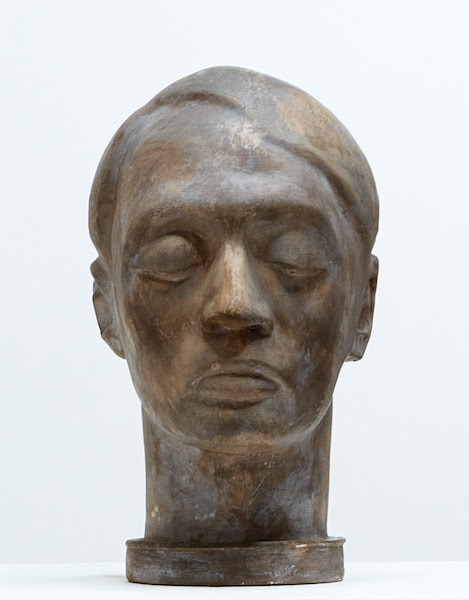
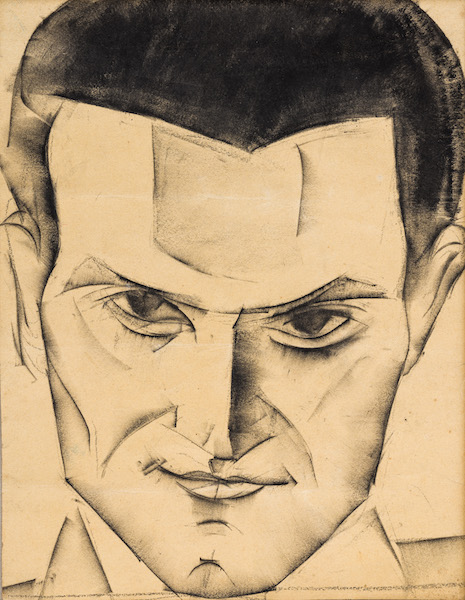
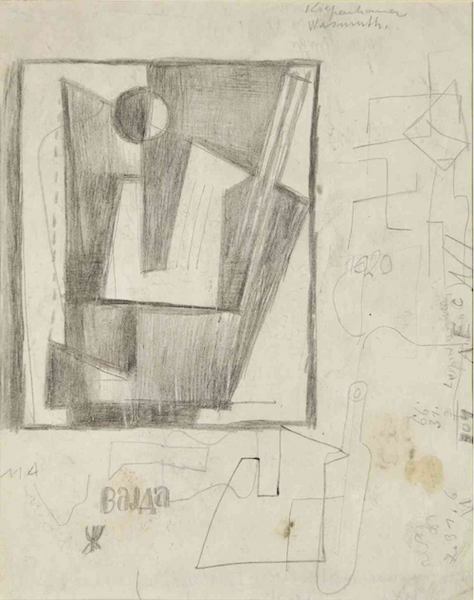

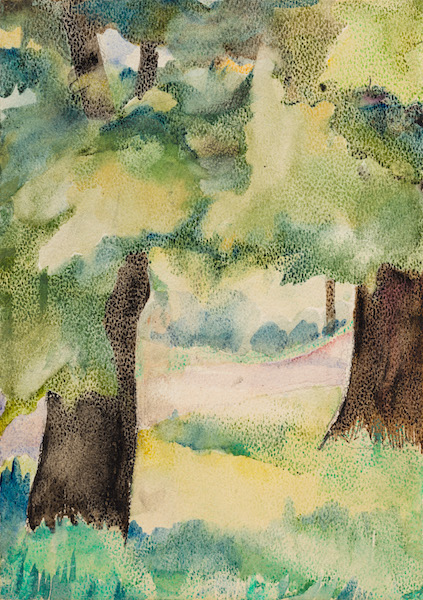
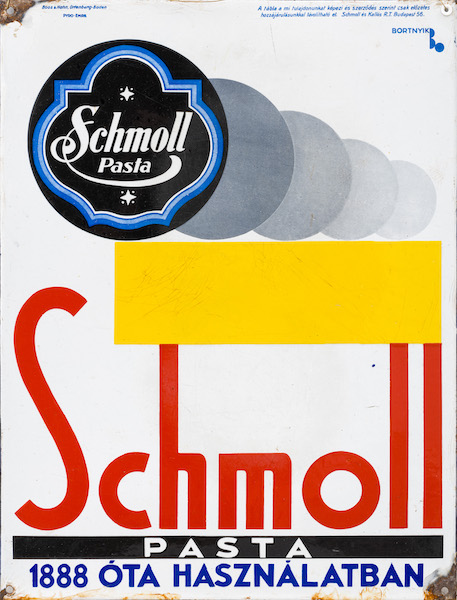
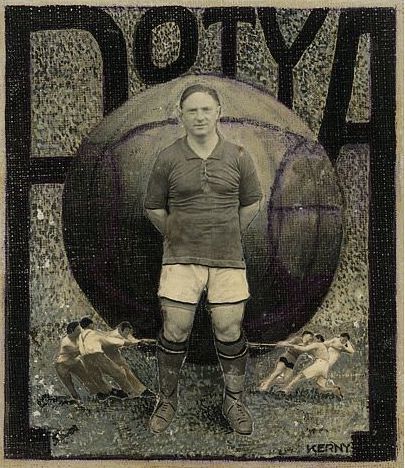
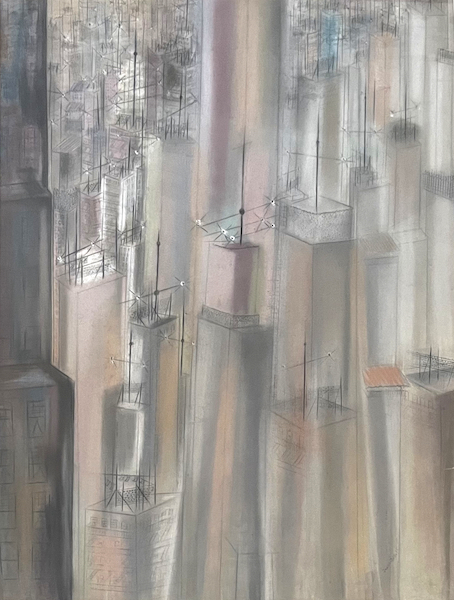


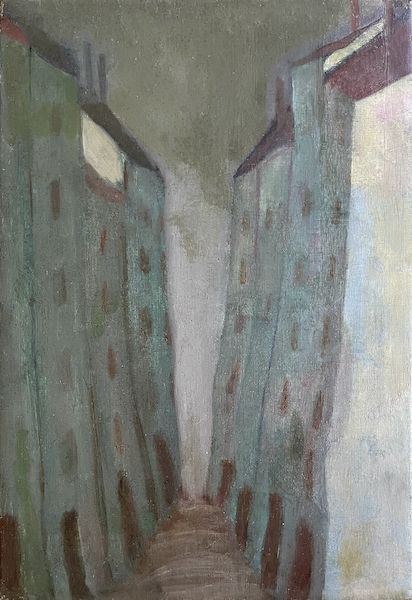
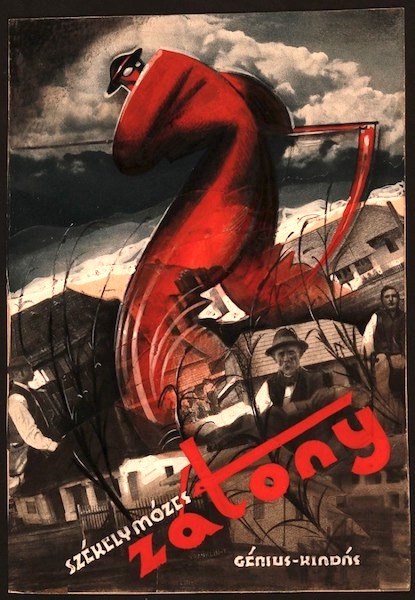

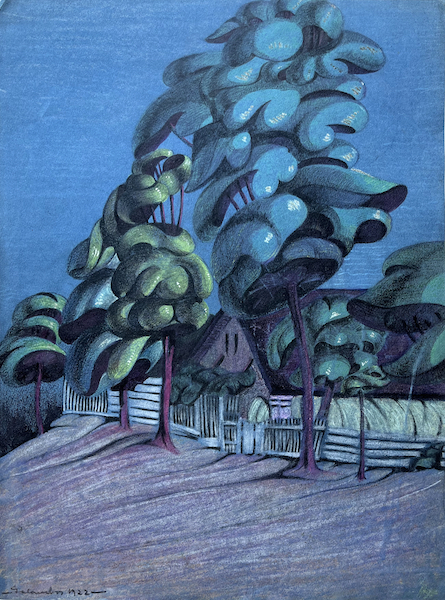
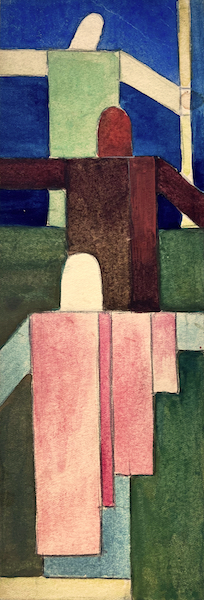

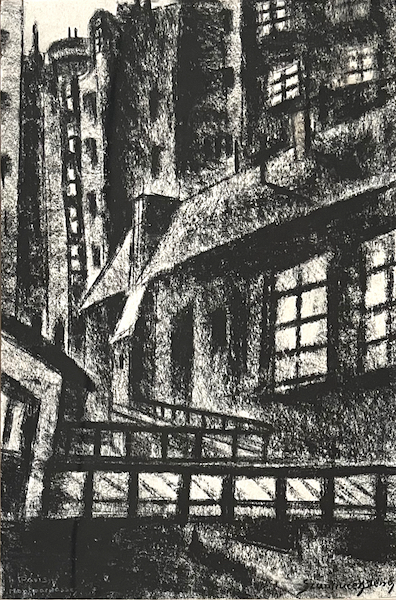
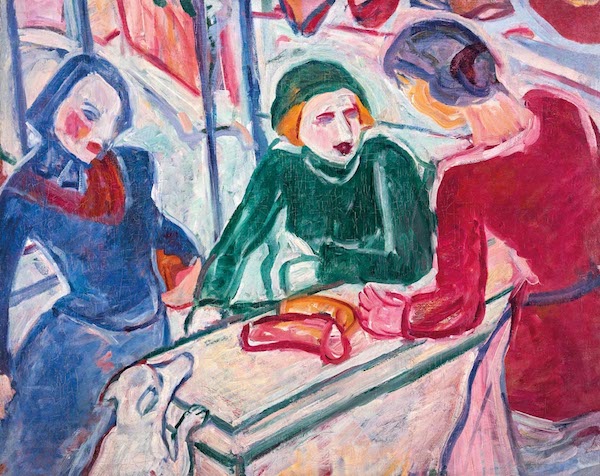
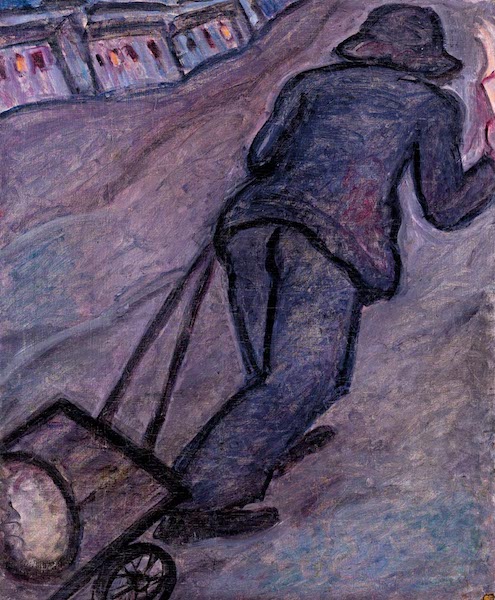
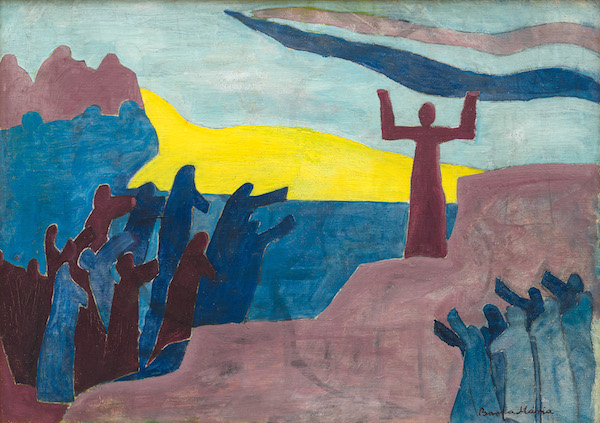
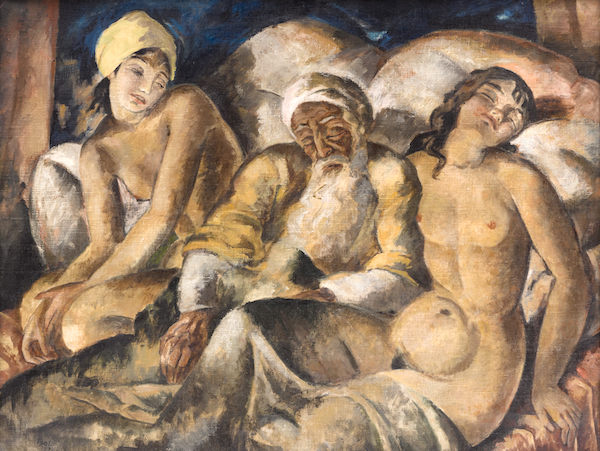
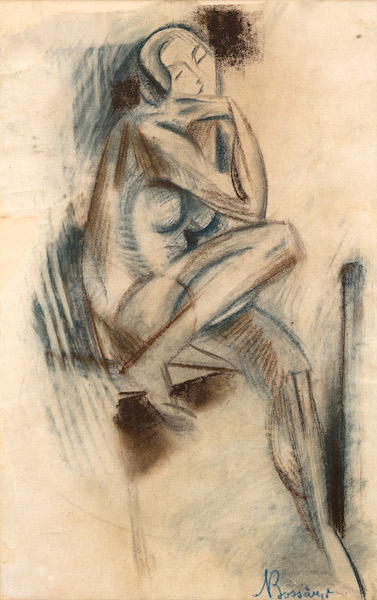
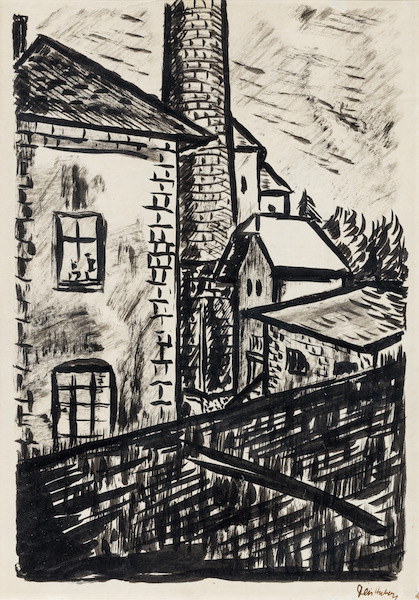
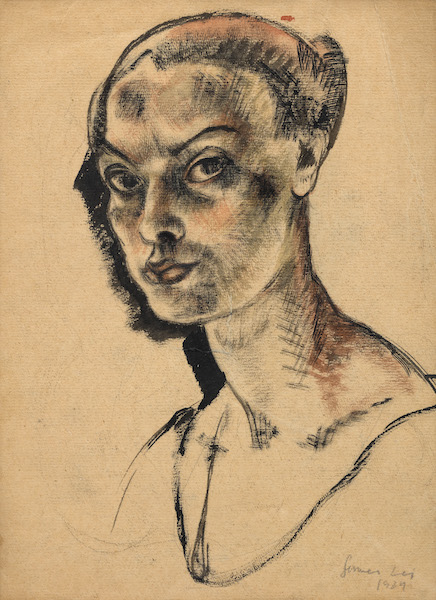
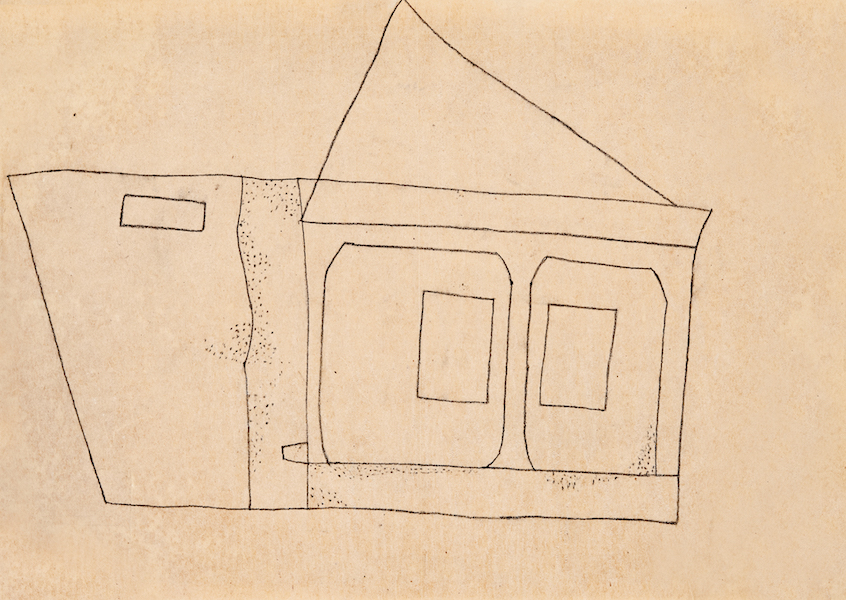

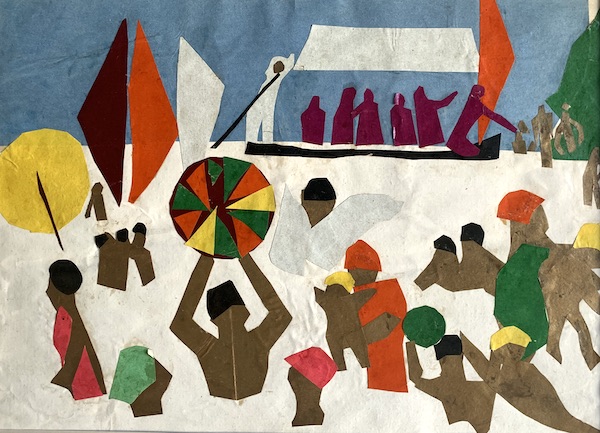

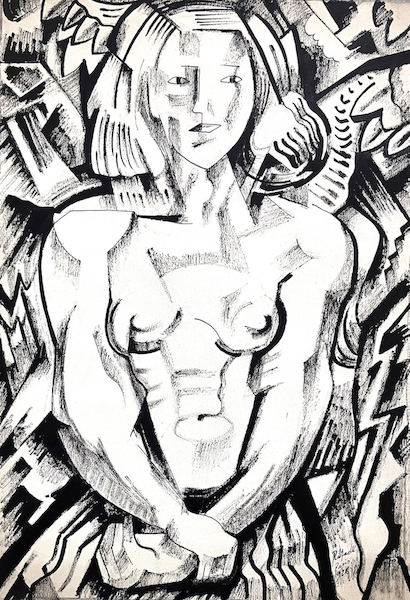
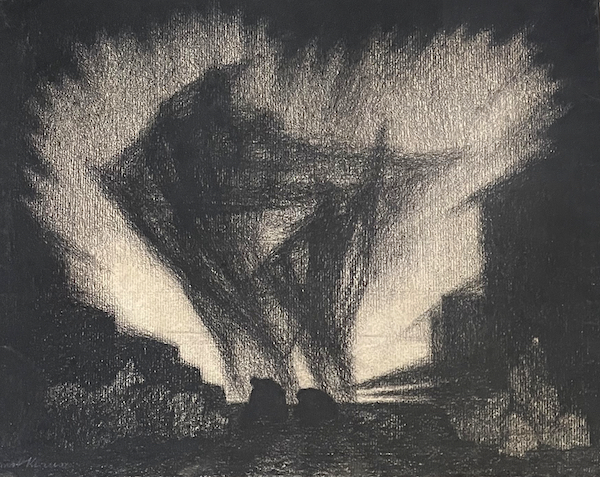
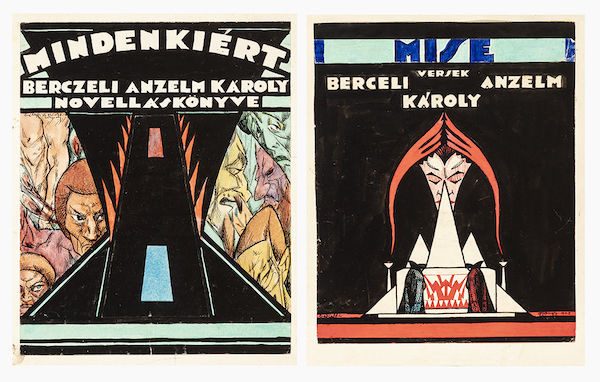
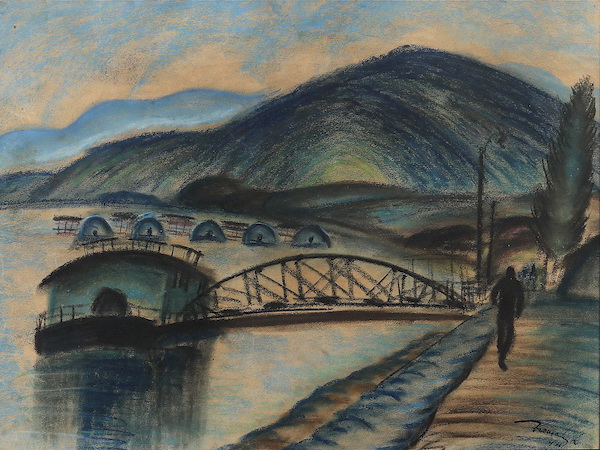
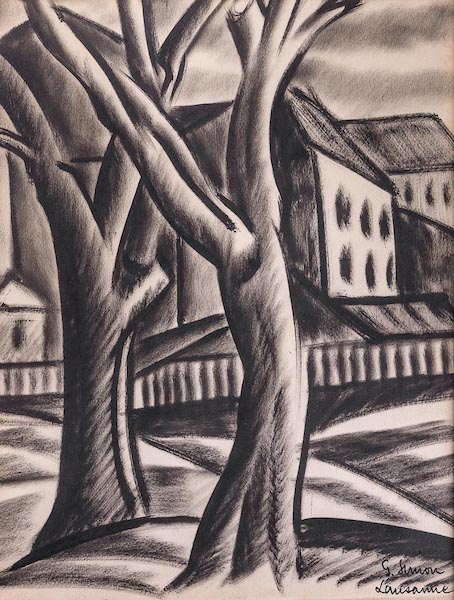
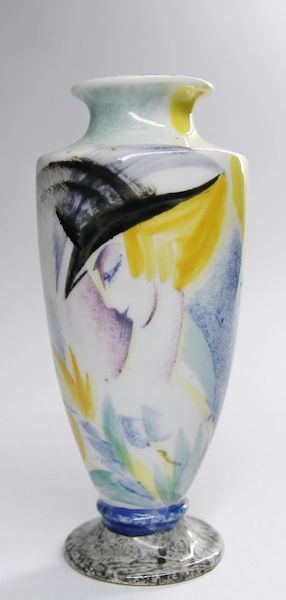
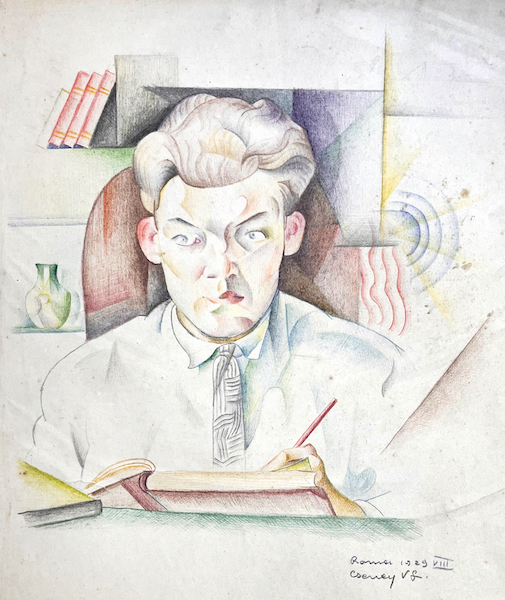
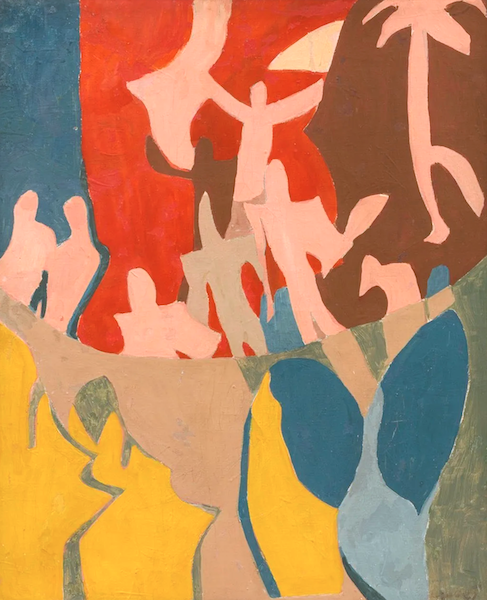
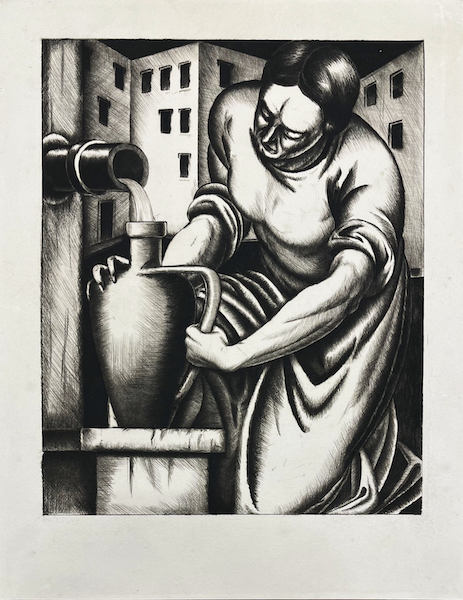


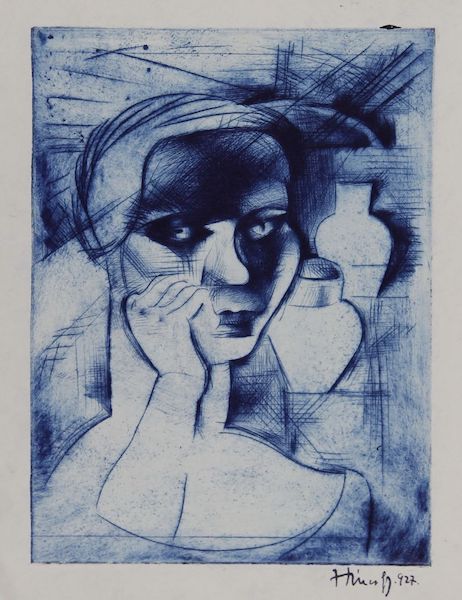

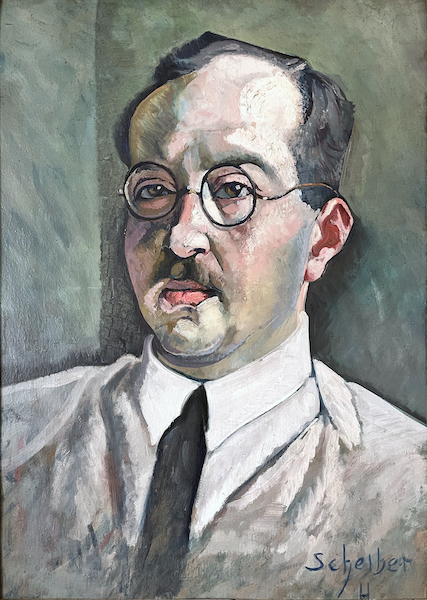
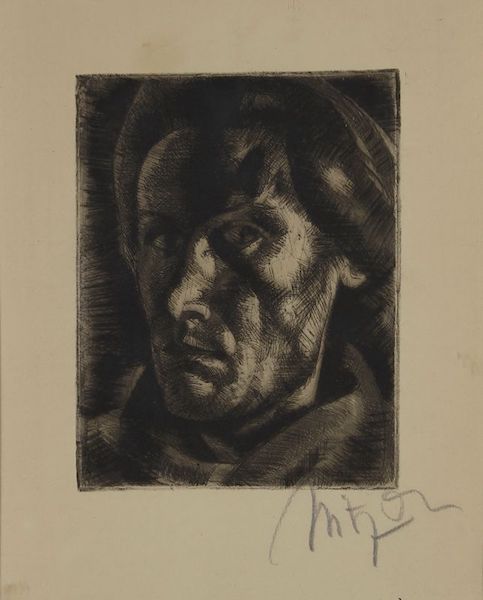
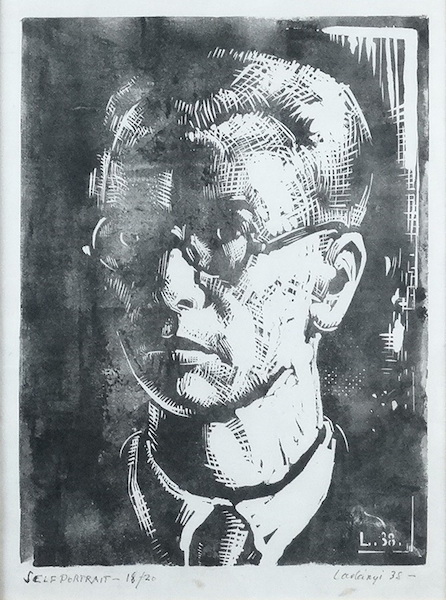
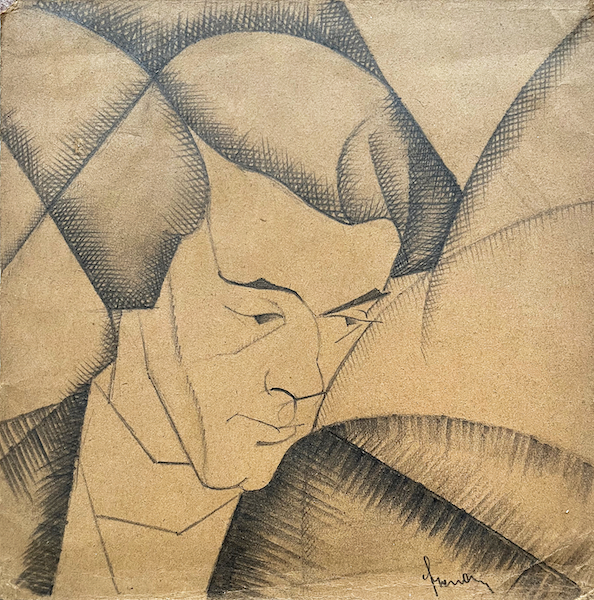
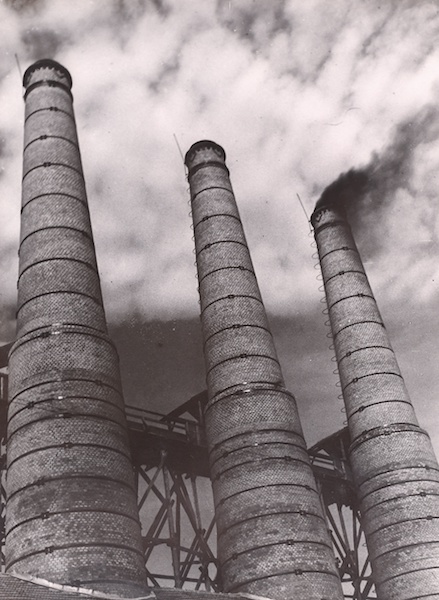

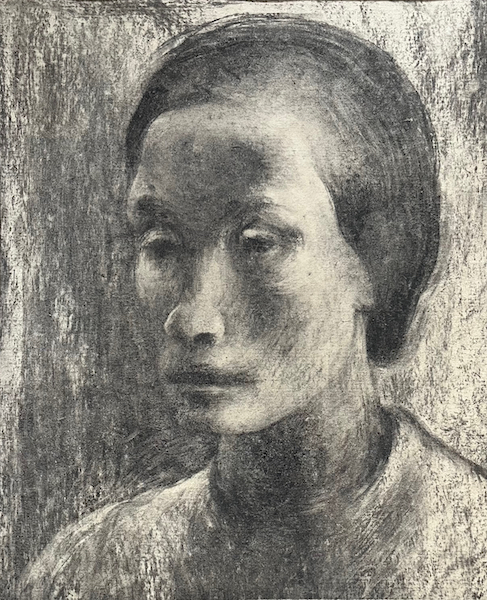
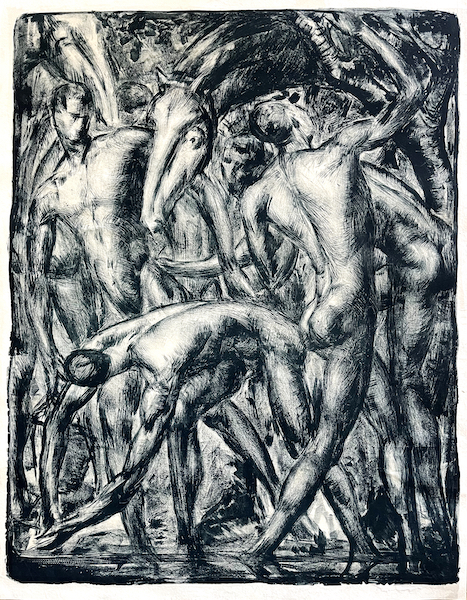
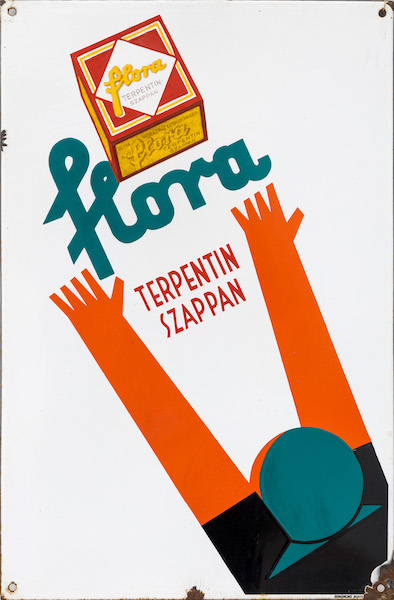
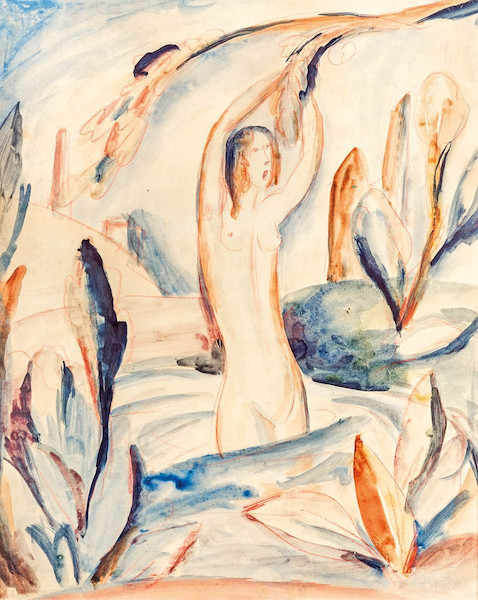
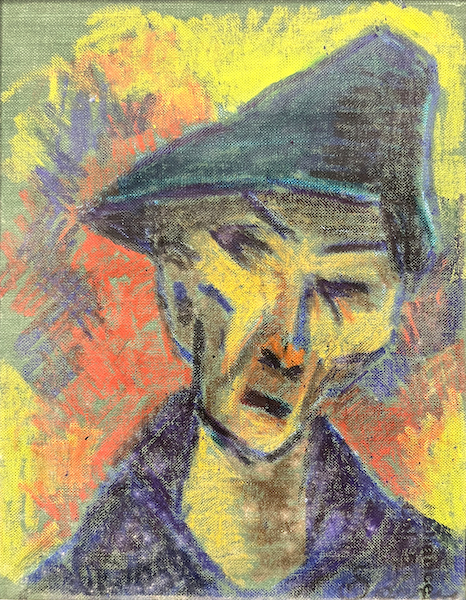
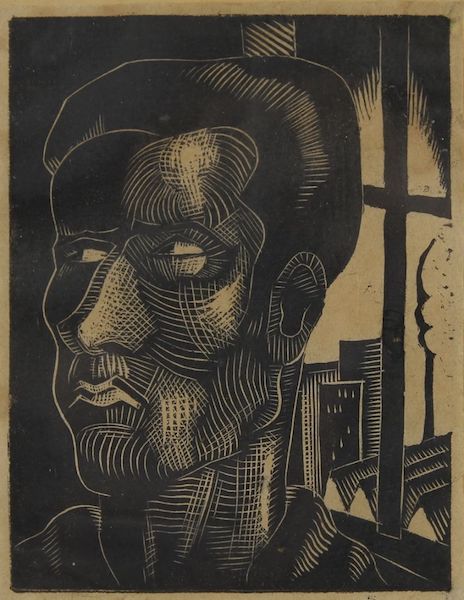
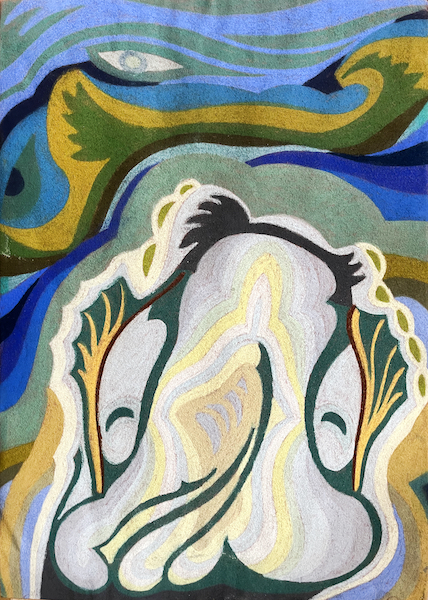
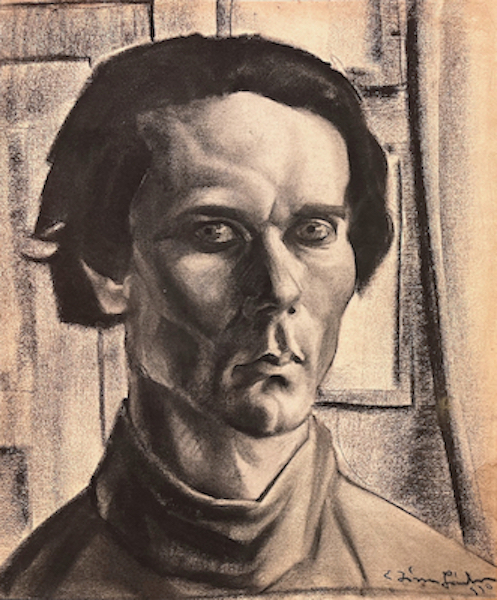
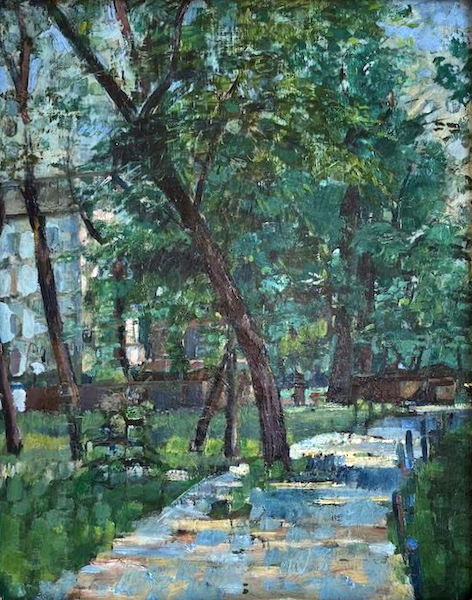
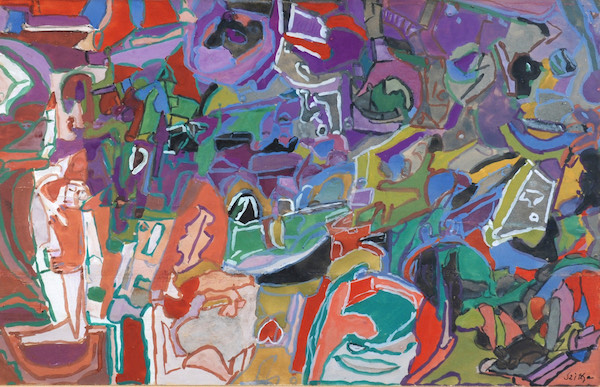
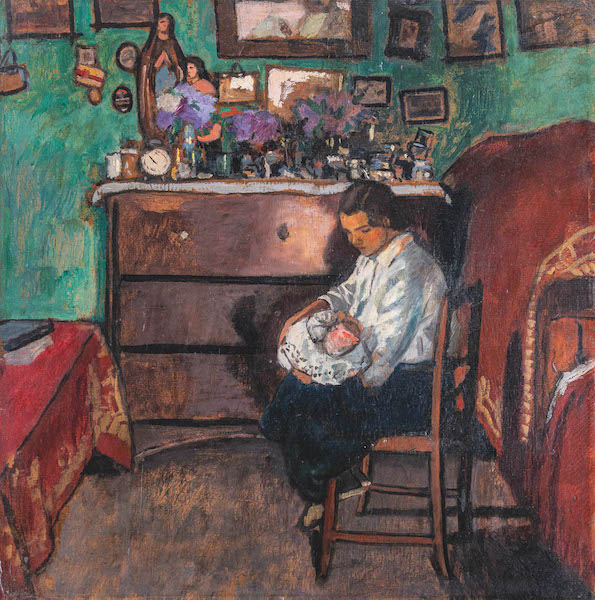
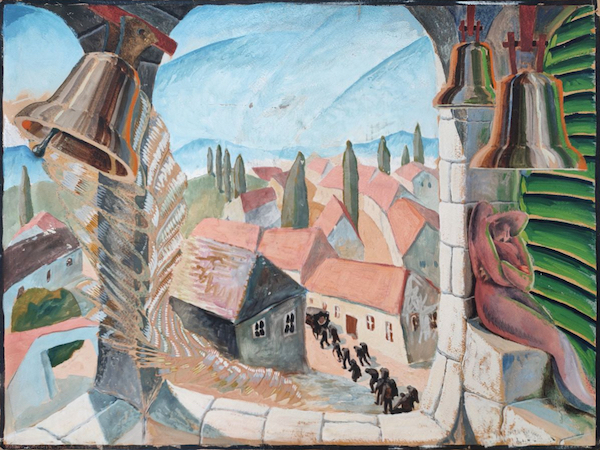
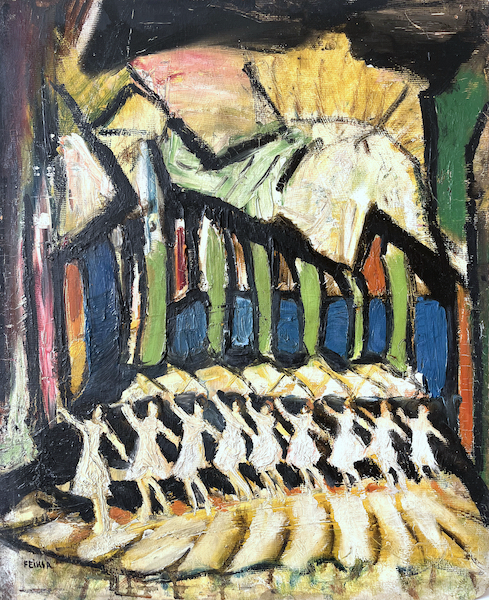

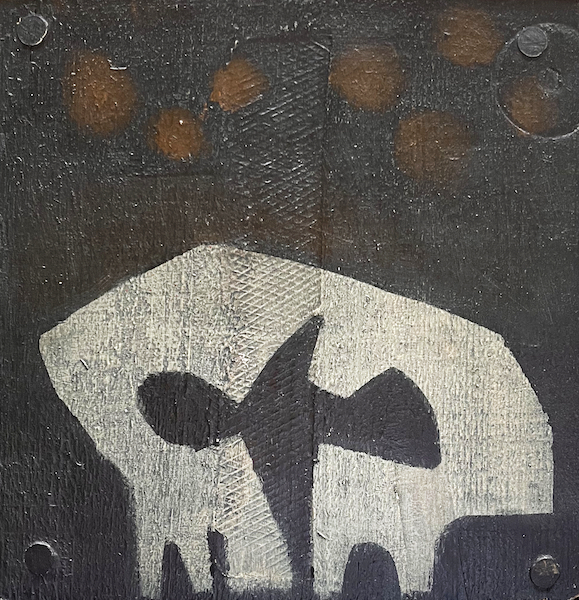

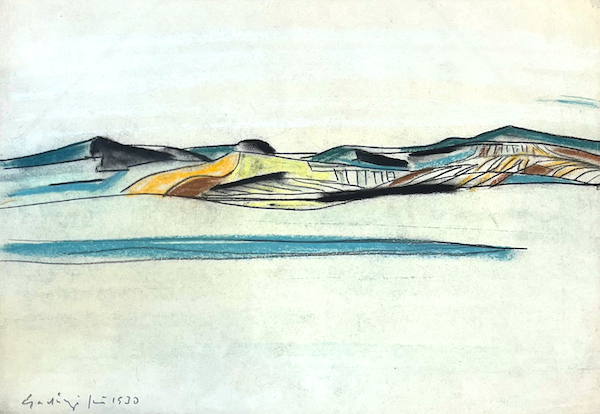
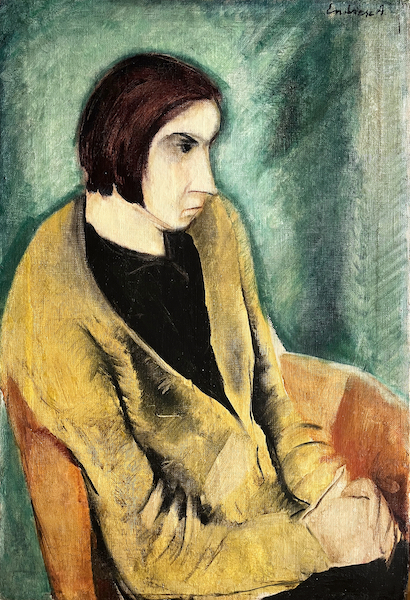

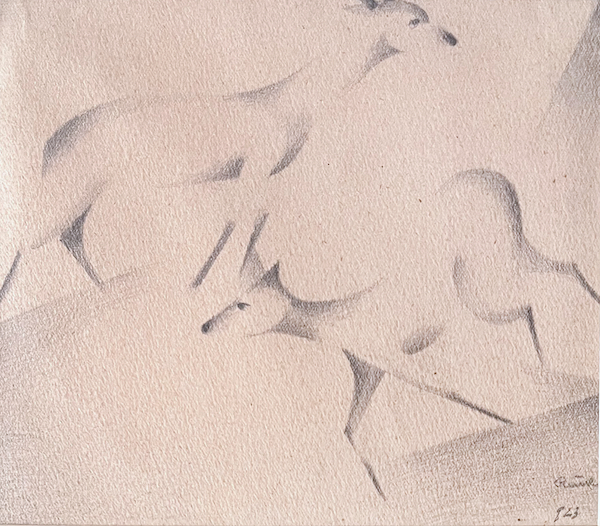
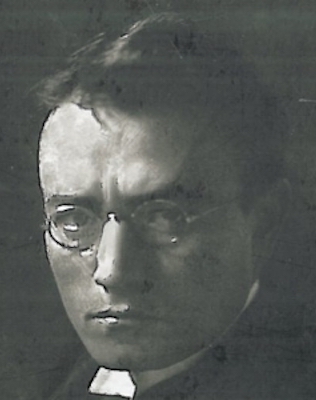

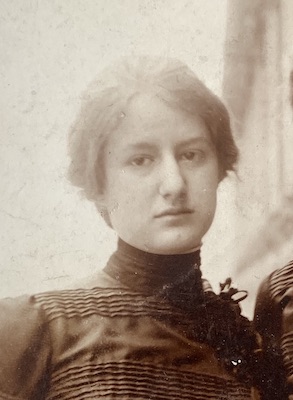

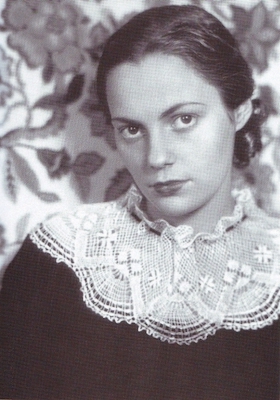
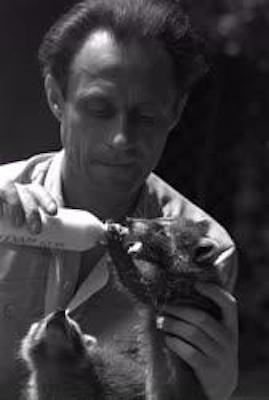
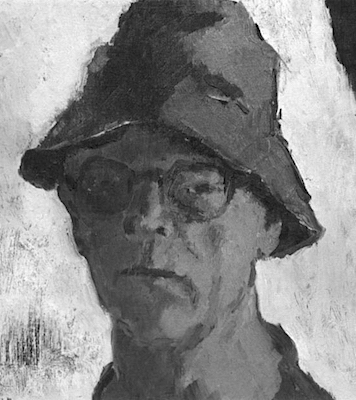
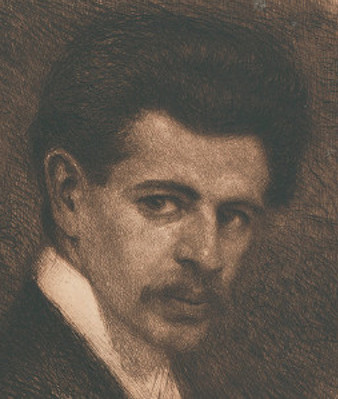
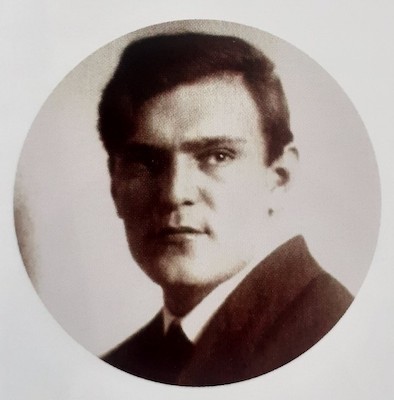
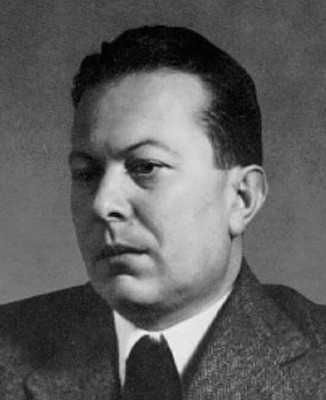

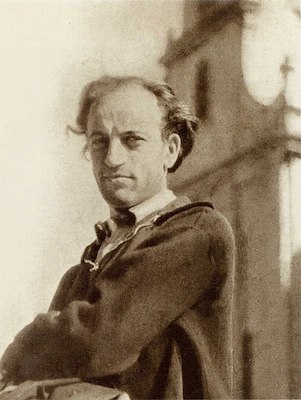
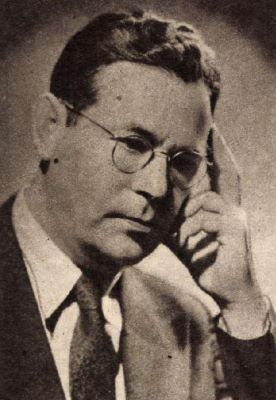
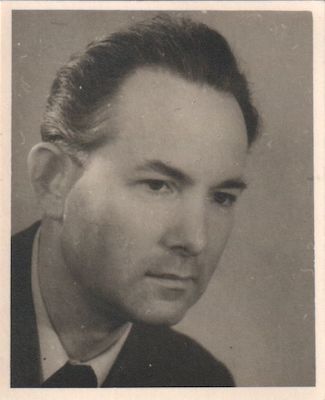
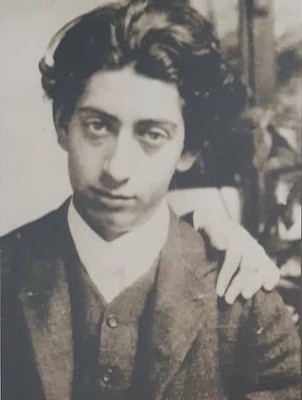
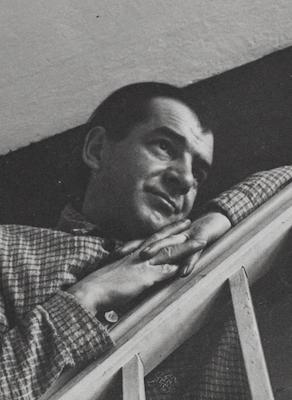
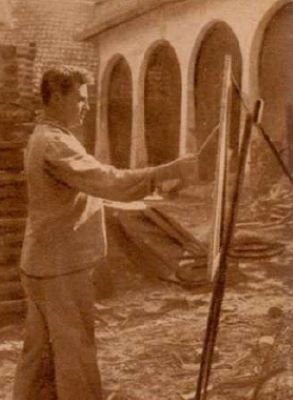
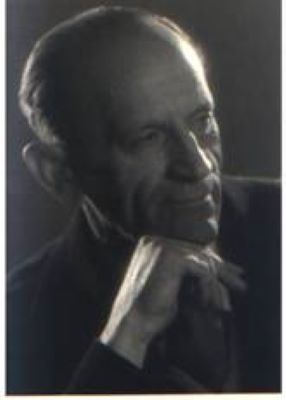
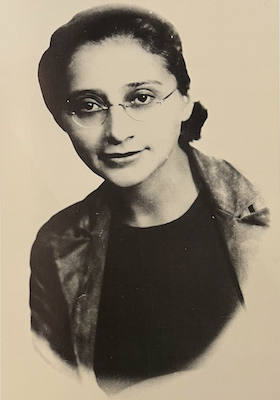
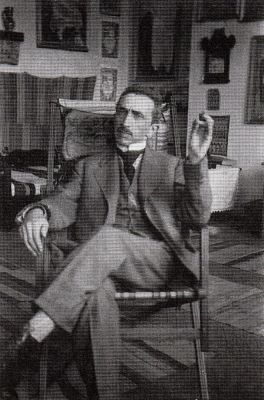

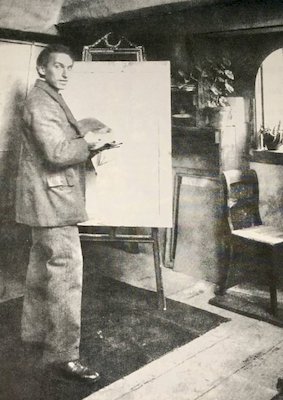

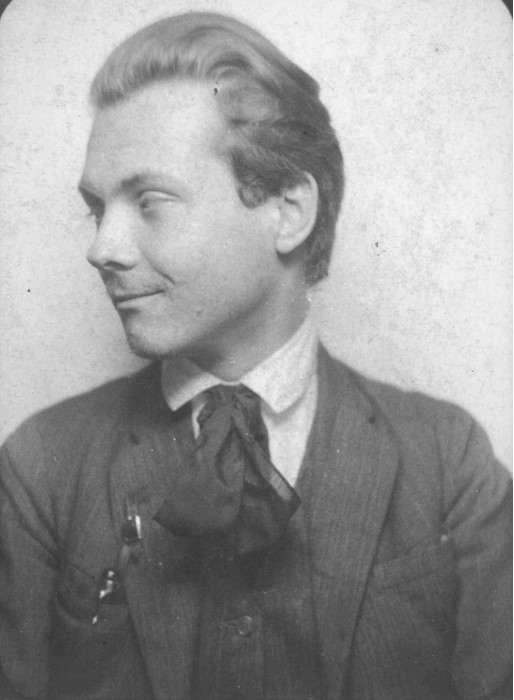

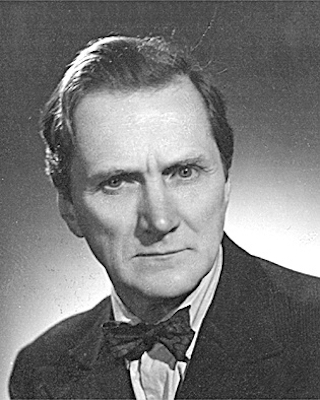
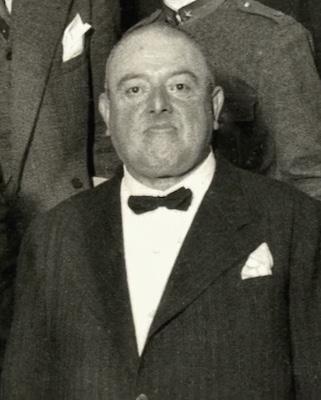


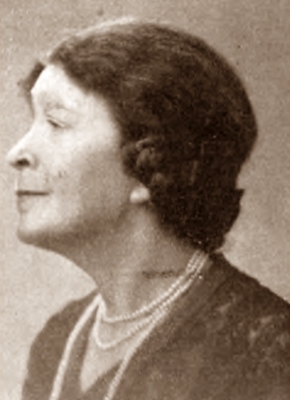
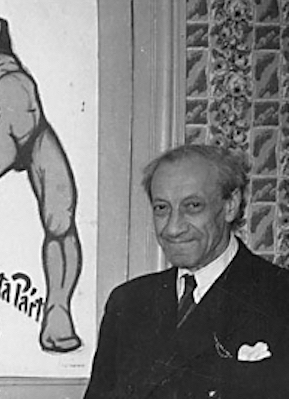

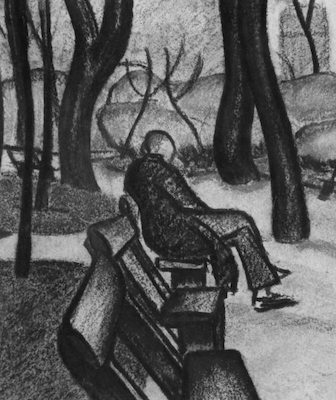
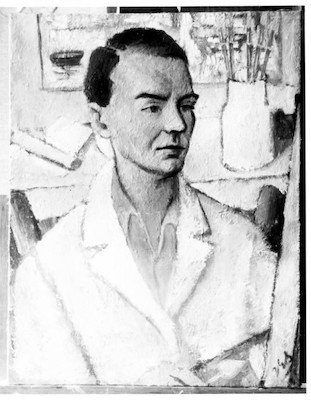
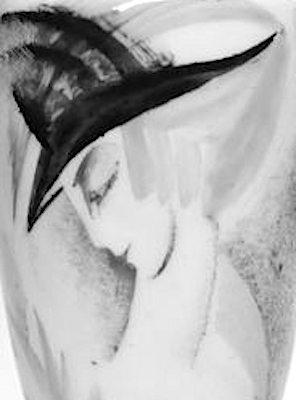
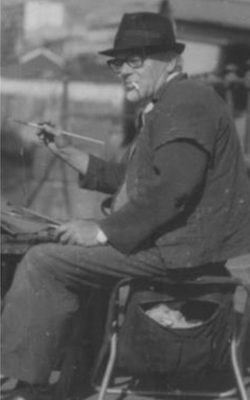-scaled.jpeg?locale=en)
